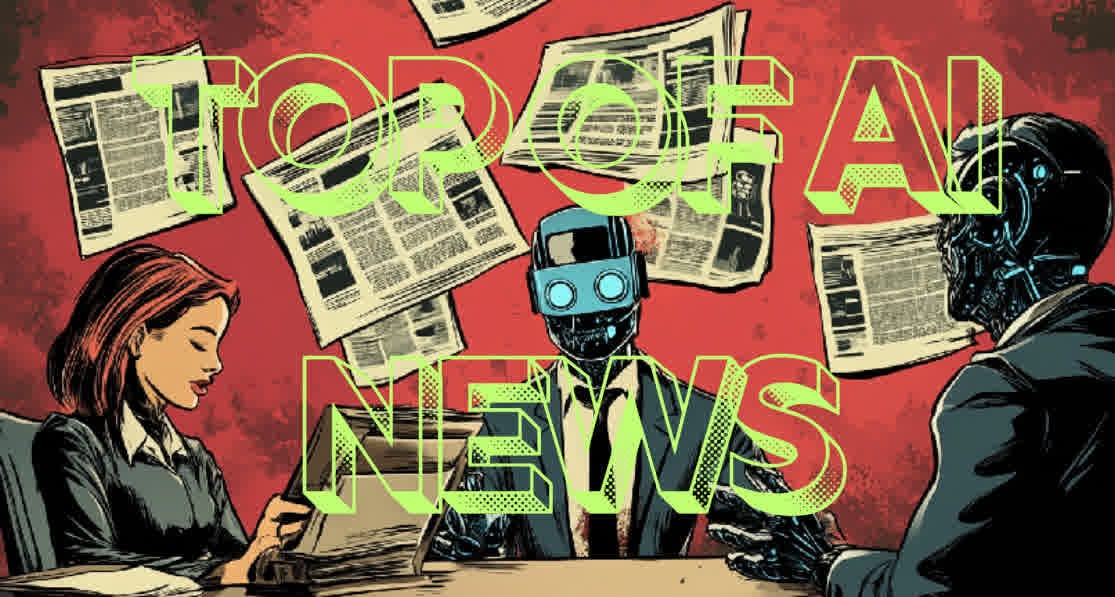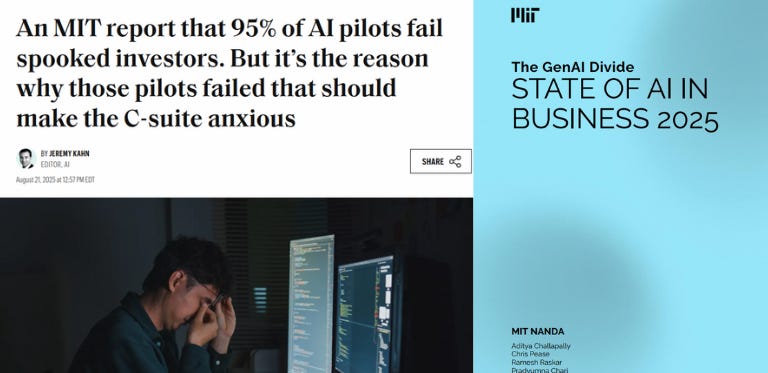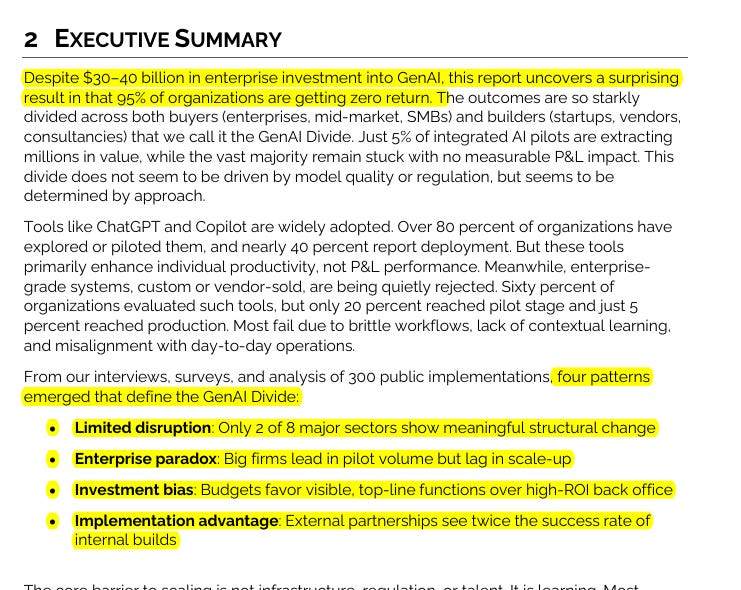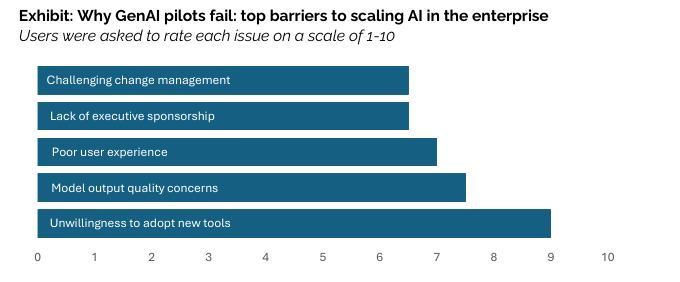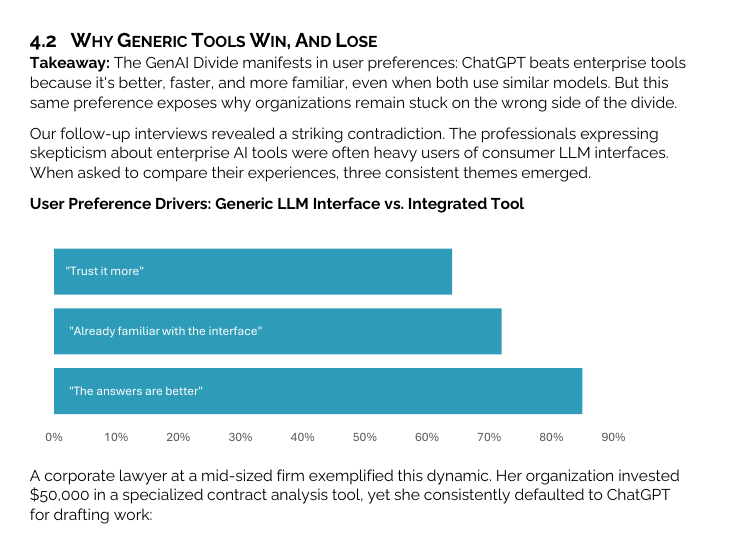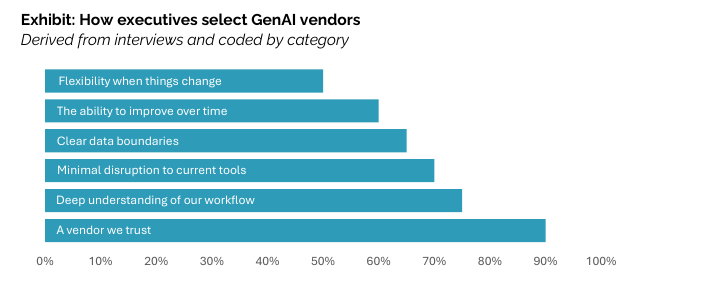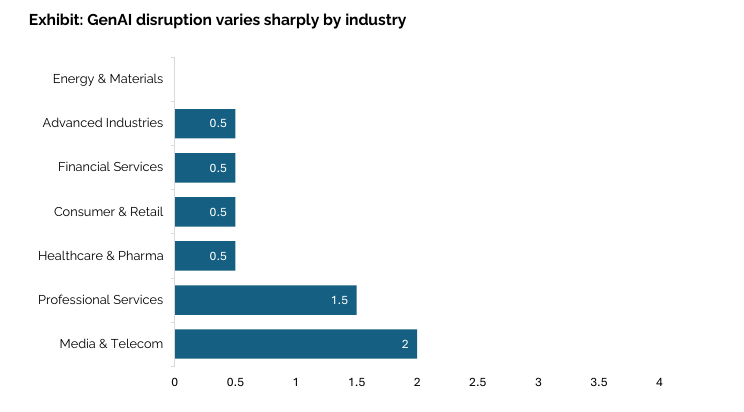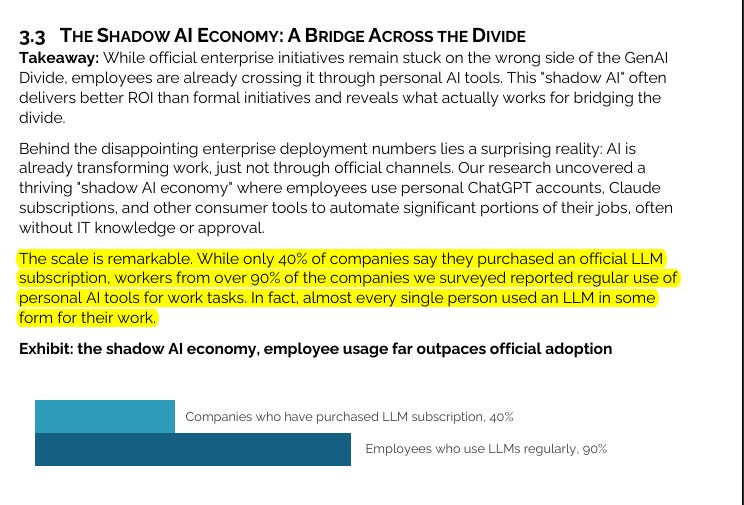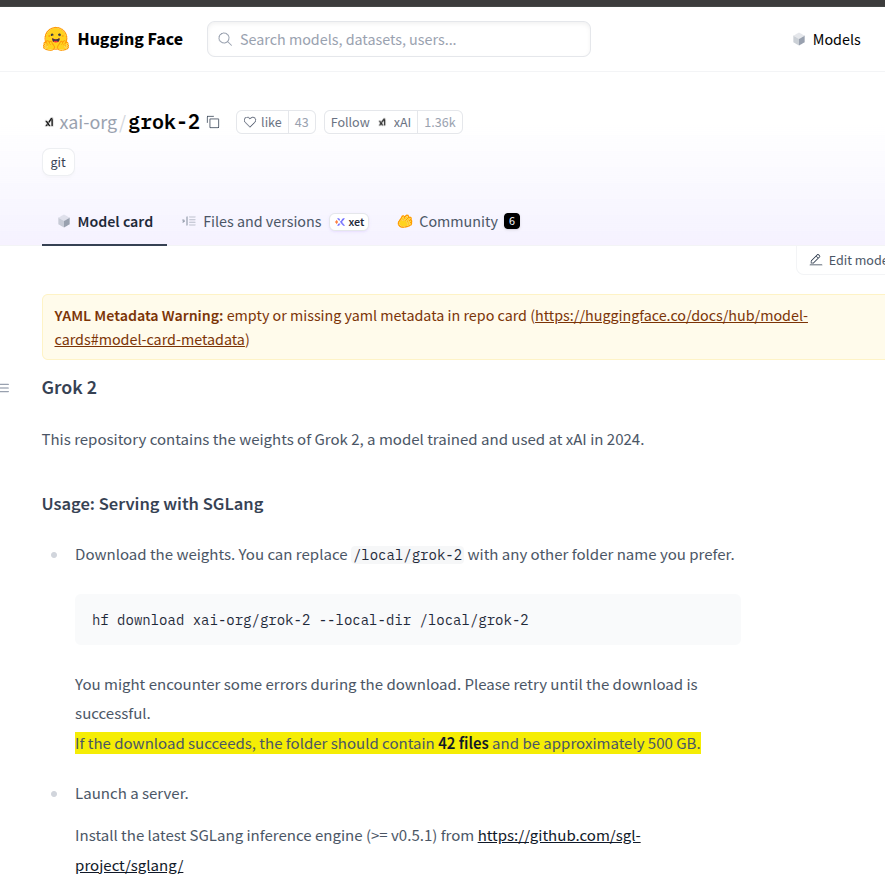🎨 Meta teamed up with Midjourney, MIT report said 95% of AI pilots fail
Meta will license Midjourney's tech, MIT report said 95% of AI pilots fail, xAI just open-sourced Grok 2
Read time: 10 min
📚 Browse past editions here.
( I publish this newletter daily. Noise-free, actionable, applied-AI developments only).
⚡In today’s Edition (23-Aug-2025):
🎨 Meta has teamed up with Midjourney and will be licensing its tech for upcoming models and products
🌐 The original MIT report that said 95% of AI pilots fail and which spooked investors across US Stockmarket.
🗞️ xAI just open-sourced Grok 2
🎨 Meta has teamed up with Midjourney and will be licensing its tech for upcoming models and products
Meta wants its models to learn what people actually find pleasing, so adding that taste layer can make Meta’s AI outputs look less generic and more consistent.
“Aesthetic tech” will be a form of learned scoring models for beauty and style, careful data curation, prompt programs, decoding tricks, and safety filters that steer results toward human friendly images.
Today, Alexandr Wang, the former Scale AI founder and CEO who has become Meta’s Chief AI Officer and head of the company’s newly formed Meta Superintelligence Labs (MSL), announced a partnership with Midjourney — believed to be the first of its kind for the independent AI image startup.
A few days back Elon Musk also said, Grok is learning this “Aesthetic" aspect for better timeline on X.
Midjourney brings a strong track record with 20 million users, which signals that its training choices and feedback loops capture what real creators want.
This could surface inside chat assistants that render inline images, creative tools in Instagram and Facebook, and assets for virtual and mixed reality, all tuned to feel more polished.
Now with Meta inking a deal with Midjourney, the question becomes whether or not is exclusive and will stop plans for a separate Midjourney API in its tracks.
🌐 The original MIT report that said 95% of AI pilots fail and which spooked investors across US Stockmarket.
Most companies are stuck, because 95% of GenAI pilots produce zero ROI, while a small 5% win by using systems that learn, plug into real workflows, and improve with use.
Teams keep buying or building static tools that demo well but cannot remember context, adapt, or fit daily operations, and this report maps exactly how the few winners do it differently.
🧪 How they ran the study
They combined a review of 300+ public implementations with 52 structured interviews and 153 senior-leader surveys across January to June 2025, which gives the patterns below real footing.
The big split they call the GenAI Divide is simple, 95% of organizations get nothing from GenAI pilots while a tiny 5% extract millions, and the driver is not the model itself but whether the system can learn, remember, and fit the workflow.
Why GenAI pilots fail: top barriers to scaling AI in the enterprise
User Preference Drivers: Generic LLM Interface vs. Integrated Tool
How executives select GenAI vendors
📊 Adoption is high, transformation is low
Most firms tried general tools like ChatGPT or Copilot (80%+ explored or piloted, ~40% deployed), yet those tools boost individual productivity more than P&L, which explains the perception gap between busy usage and flat business results.
🏭 Where disruption actually shows up
Only 2 industries, Technology and Media, show real structural change while 7 others remain mostly unaffected, which the report quantifies with a disruption index built from market share shifts, new AI-native models, and behavior changes.
🧪 The pilot-to-production cliff
Enterprises evaluate lots of custom tools (60%), but only 20% reach pilot and just 5% ship to production, while generic chatbots show ~83% pilot-to-implementation for simple tasks yet stall on critical workflows that need memory and customization.
⏱️ Speed matters more than size
Mid-market leaders go from pilot to full rollout in ~90 days while large enterprises take 9+ months, so speed plus tight scoping beats big-bang programs that try to solve everything at once.
🕶️ The shadow AI economy
Even when companies do not buy official seats, employees still use personal LLMs at work, with regular use reported in 90%+ of surveyed companies versus ~40% that purchased enterprise subscriptions, so bottom-up value is already happening outside IT.
💸 Budgets chase visibility, ROI hides elsewhere
About ~50%–70% of hypothetical GenAI budgets concentrate in sales and marketing because impact is easy to show, yet the clearest savings come from back-office automation where firms cut BPO and agency spend more directly.
🧩 The learning gap
Pilots stall because most tools cannot retain feedback, adapt to context, or improve over time, which creates brittle UX and pushes users back to flexible consumer chat interfaces for low-stakes tasks.
🧮 What people actually trust AI with
Workers prefer AI for quick drafting and simple analysis (70% and 65% respectively), but for complex, long-running, or high-stakes work humans win by roughly 9-to-1, which is another way of saying memory and adaptation are the bottleneck, not raw fluency.
🤖 Agentic systems are the fix
Agentic AI, meaning systems with persistent memory, continuous learning, and autonomous orchestration, directly targets that gap by carrying context across sessions and improving with feedback instead of starting cold every time.
🛠️ What winning builders do
The vendors that cross the divide focus on narrow, high-value workflows, integrate deeply, and ship learning loops that 66% of executives explicitly want alongside context retention that 63% demand.
🧱 The emerging stack
Frameworks like NANDA, Model Context Protocol, and Agent-to-Agent make it easier to compose agents that interoperate, which is why the window is closing for generic wrappers that cannot learn or connect to real tools.
🛒 How the best buyers behave
External partnerships with learning-capable, customized tools reach deployment roughly 2x more often than purely internal builds (~67% vs ~33%) because the vendor brings workflow fluency, faster setup, and clear accountability to business metrics.
📈 What real results look like
Front-office gains include lead qualification 40% faster and retention up 10%, while back-office wins hit budgets harder with BPO elimination worth $2–10M per year, 30% lower agency spend, and $1M annual savings on outsourced risk checks.
👥 What happens to jobs
These savings mostly replace external spend rather than staff, although advanced adopters report selective displacement in support and admin at 5–20% and tech or media leaders expect slower hiring over the next 24 months.
🧊 The exposure math
Today’s immediate automation potential is 2.27% of U.S. labor value, but latent exposure is $2.3T across 39M positions if memory, learning, and autonomous tool use become standard features in production systems.
🌐 Beyond agents, the agentic web
As agents learn to discover, negotiate, and coordinate across the internet via shared protocols, workflows shift from static apps to dynamic coordination layers that assemble the right tools on the fly.
✅ The takeaway for operators
The playbook is to buy learning systems rather than over-build, empower line managers and power users to lead adoption, and insist on deep integration with memory and feedback so the tool compounds value every week.
🗞️ xAI just open-sourced Grok 2
Approximately 500 GB files, made available on Huggingfae.
Some important points from the license
This is a revocable, worldwide license to use, reproduce, distribute, and modify Grok 2. Commercial use is allowed only if you and your affiliates make under $1,000,000 in annual revenue, above that you need a separate license.
You cannot use the Materials, derivatives, or outputs to train, create, or improve other foundational or general-purpose AI models. You may modify or fine-tune Grok 2 itself under this Agreement.
If you ship anything with Grok 2, you must include the license text, add the notice that cites the xAI Community License with copyright, and prominently show “Powered by xAI”.
xAI keeps all rights to the Materials. Outputs you generate are unrestricted for your use and sharing. Any feedback you give can be used by xAI forever without payment.
Heavy warranty disclaimer applies, the Materials are provided “AS IS”, and total liability is capped at $100. You must handle rights clearances and compliance yourself.
The license ends immediately if you breach, exceed the revenue cap, or bring certain patent suits, and you must stop use and delete all copies. Texas law governs with exclusive venue in Tarrant County, and there are export and assignment rules that favor xAI.
That’s a wrap for today, see you all tomorrow.

